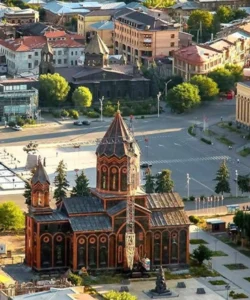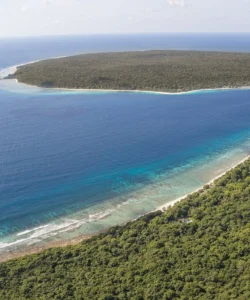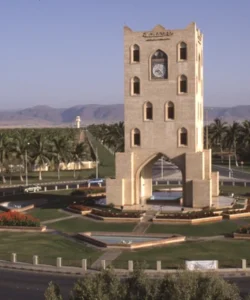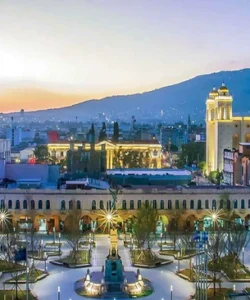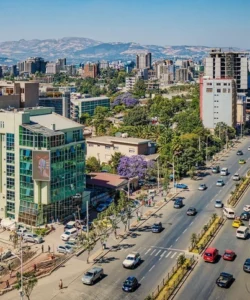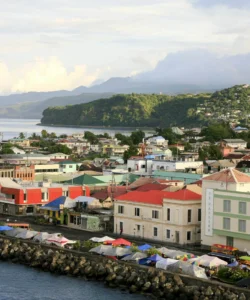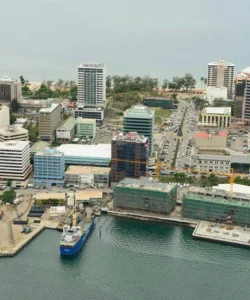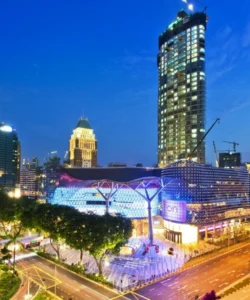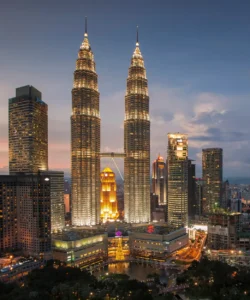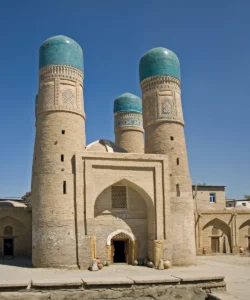Pakistan, officially the Islamic Republic of Pakistan, is a South Asian country with a rich history, diverse landscapes, and a vibrant culture.
![]()
Area: Pakistan covers an area of approximately 881,913 sq. km.
Population: As of 2025, Pakistan’s population is estimated to be around 249,948,885.
Language: Urdu is the national language and one of two official languages. English is the other official language. Other commonly spoken primary languages include Punjabi, Pashto, Sindhi, Saraiki, and Balochi.
Currency: The currency of Pakistan is the Pakistani Rupee (PKR), often denoted as “Rs” or روپیہ.
Religion: The majority of the population (over 90%) practices Islam, with about 80% being Sunni and less than 20% Shia. Hinduism is the second-largest religion.
Capital: The capital city of Pakistan is Islamabad.
Major Cities: Some of the largest and most prominent cities in Pakistan include:
- Karachi
- Lahore
- Faisalabad
- Gujranwala
- Rawalpindi
- Peshawar
- Multan
- Hyderabad
- Islamabad
- Quetta
Attractions: Pakistan offers a wide array of attractions, from ancient ruins to majestic mountains:
- Historical Sites: Archaeological ruins of Mohenjo-daro and Harappa (Indus Valley Civilization), Taxila (ancient Gandharan city), Buddhist Ruins of Takht-i-Bahi.
- Cultural & Architectural Marvels: Lahore Fort, Badshahi Mosque, Shah Faisal Mosque (Islamabad), Jehangir’s Tomb, Shrine of Data Ganj Bakhsh Hajveri.
- Natural Beauty: The Himalayan hill stations, including several peaks over 7,000 meters (23,000 feet) like K2 and Nanga Parbat, which attract mountaineers.
Wonders (Natural): Pakistan is home to breathtaking natural wonders:
- Mountains & Glaciers: K2 (the world’s second-highest mountain), Baltoro Glacier (one of the longest outside the polar regions), Trango Towers (a family of rock towers popular for climbing).
- Valleys & Plains: Neelum Valley, Hunza Valley, Deosai Plains (high-altitude alpine pastures).
- Deserts & Unique Landscapes: Thar Desert, Hingol National Park (known for unique rock formations and mud volcanoes).
- Lakes: Saiful Muluk, Attabad Lake.
Architecture: Pakistani architecture is deeply intertwined with the broader Indian subcontinent, showcasing major styles such as Temple, Indo-Islamic, Mughal, and Indo-Saracenic architecture, with various regional adaptations.
Roads: Pakistan’s road infrastructure comprises national highways, motorways, strategic roads, and expressways. The national highway network spans over 22,000 km, including the vital N-5 from Karachi to Torkham. Motorways like the M-1 (Peshawar to Islamabad) and M-2 (Islamabad to Lahore) provide crucial connections. While the network is extensive, road density is lower than some neighboring countries, and improvements are ongoing.
Hotels: Several international and local hotel chains operate in Pakistan, including:
- Best Western
- Days Inn
- Millennium
- Pearl-Continental Hotels & Resorts
- Premier Inn
Restaurants & Cuisine: Pakistani cuisine is known for its rich flavors and diverse dishes.
- Famous Restaurants:
- Monal Restaurant (Islamabad): Offers panoramic views of the city.
- Kolachi Restaurant (Karachi): Known for its fresh seafood by the Arabian Sea.
- Cooco’s Den (Lahore): A traditional restaurant offering local “desi” food.
- Bistro, Cube, La’ Cucina, Green Room (Nishat Hotels, Lahore): Modern dining experiences.
- Cafe de Hunza (Hunza Valley): Combines local flavors with stunning mountain views.
- Traditional Cuisine: Pakistani food is often meat-heavy and aromatic.
- Meat Dishes: Chicken Karahi, Chicken Handi, Beef Korma, Chicken Malai Tikka, Kababs (Boti Kabab, Reshmi Kabab).
- Rice Dishes: Biryani, Pulao.
- Breakfast Staples: Nihari (a slow-cooked meat stew, considered a national dish), Paratha with omelette.
- Breads: Various types of bread like Naan, Roti, Chapati.
- Sweets: Kulfi, Gulab Jamun.
- Drinks: Chai (tea) is ubiquitous.
Annual Travel: Pakistan attracted approximately 0.7 million tourists annually in recent years, a significant increase from the previous decade. In 2022, tourism contributed an estimated $16 billion to Pakistan’s GDP, with projections to reach $30 billion by 2033. It’s important to note that travel advisories may be in place for certain regions due to security concerns, so it’s always advisable to check the latest information before planning a trip.






























































